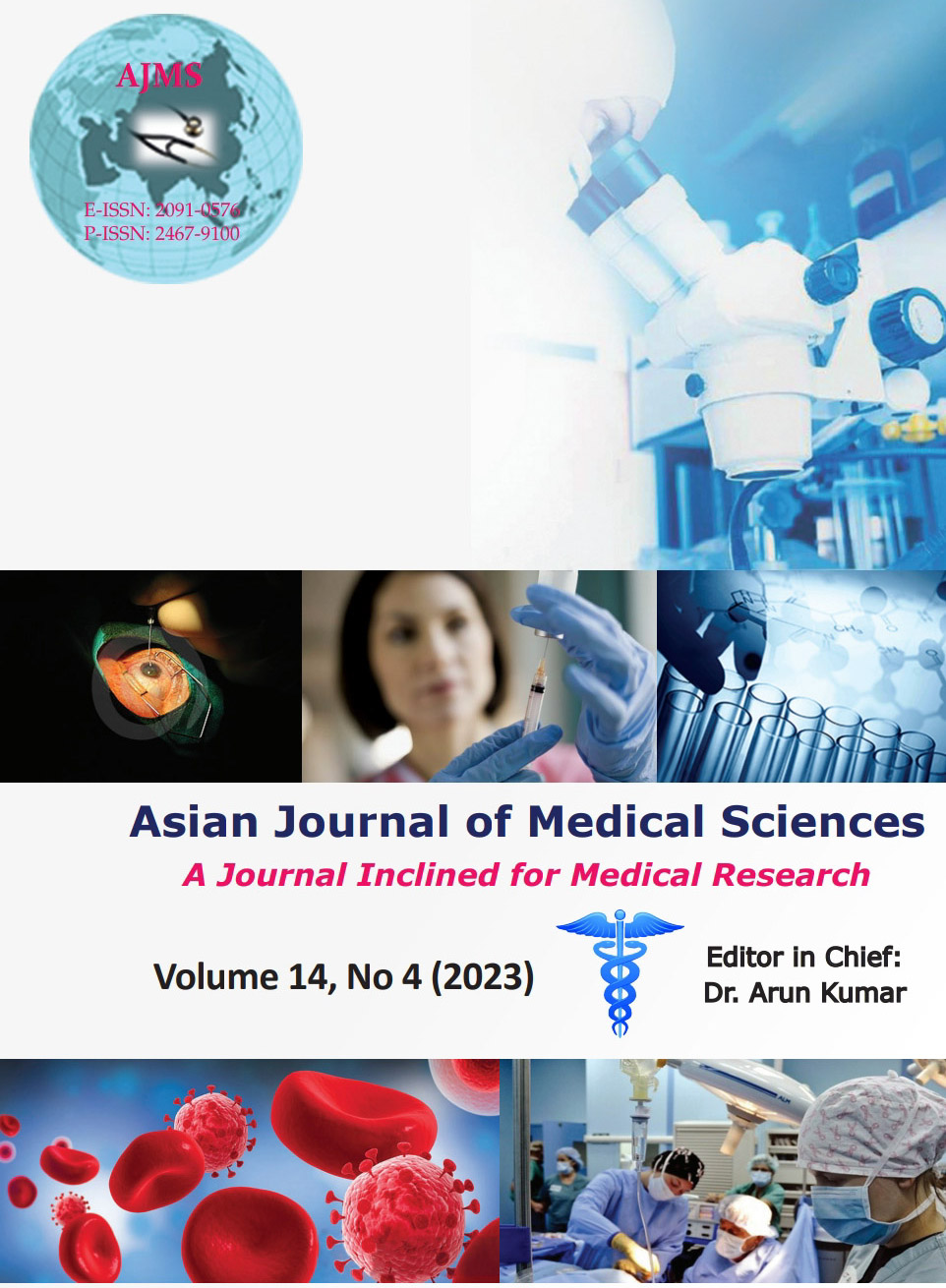A novel approach of neoadjuvant and adjuvant therapy with surgery for large keloids of the ear
Keywords:
Ear keloids; 5 Fluorouracil; Triamcinolone; Ear piercing; OtoplastyAbstract
Background: Ear keloids form after ear piercing in genetically predisposed young adults, causing cosmetic disfigurement and negative psycho-social impact, and reducing quality of life. Total excision of ear keloids leads to loss of ear tissue distorting ear framework and reconstruction to restore esthetically pleasant ear causes scarring and more aggressive keloids. Rate of recurrence is higher than 80% when surgical excision alone is done.
Aims and Objectives: The study was conducted to compare the efficacy of intralesional triamcinolone acetonide (TAC) or 5-fluorouracil (5 FU) as monotherapy, combined TAC+5 FU and multi-modal therapy (TAC+5 FU+surgical excision) for keloids of the ear.
Materials and Methods: The prospective comparative study included 30 patients who presented to the out-patient clinic of plastic surgery department of Government Mohan Kumaramangalam Medical College Hospital, Salem for a duration of 2 years from January 2021 to December 2022. Patients were categorized into three groups based on size of ear keloids, Group I (10) – Injection TAC (A) or 5- FU (B), Group II (10): Injection TAC+5-FU, and Group III (10): Injection TAC+5- FU+Surgical excision (A – neoadjuvant+adjuvant; B – only adjuvant).
Results: Of a total of 30 patients, Group IIIA showed significant reduction of keloid with least side effects, most pleasing cosmetically (Patient and observer scar assessment scale 1/10). No recurrence in follow up.
Conclusion: Multi-modal therapy consisting of neoadjuvant TAC+5-FU, surgical excision, and adjuvant TAC+5 FU offers the best long-term results for large ear keloids.
Downloads
Downloads
Published
How to Cite
Issue
Section
License
Copyright (c) 2023 Asian Journal of Medical Sciences

This work is licensed under a Creative Commons Attribution-NonCommercial 4.0 International License.
Authors who publish with this journal agree to the following terms:
- The journal holds copyright and publishes the work under a Creative Commons CC-BY-NC license that permits use, distribution and reprduction in any medium, provided the original work is properly cited and is not used for commercial purposes. The journal should be recognised as the original publisher of this work.
- Authors are able to enter into separate, additional contractual arrangements for the non-exclusive distribution of the journal's published version of the work (e.g., post it to an institutional repository or publish it in a book), with an acknowledgement of its initial publication in this journal.
- Authors are permitted and encouraged to post their work online (e.g., in institutional repositories or on their website) prior to and during the submission process, as it can lead to productive exchanges, as well as earlier and greater citation of published work (See The Effect of Open Access).




